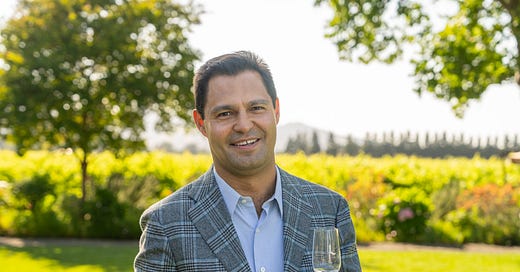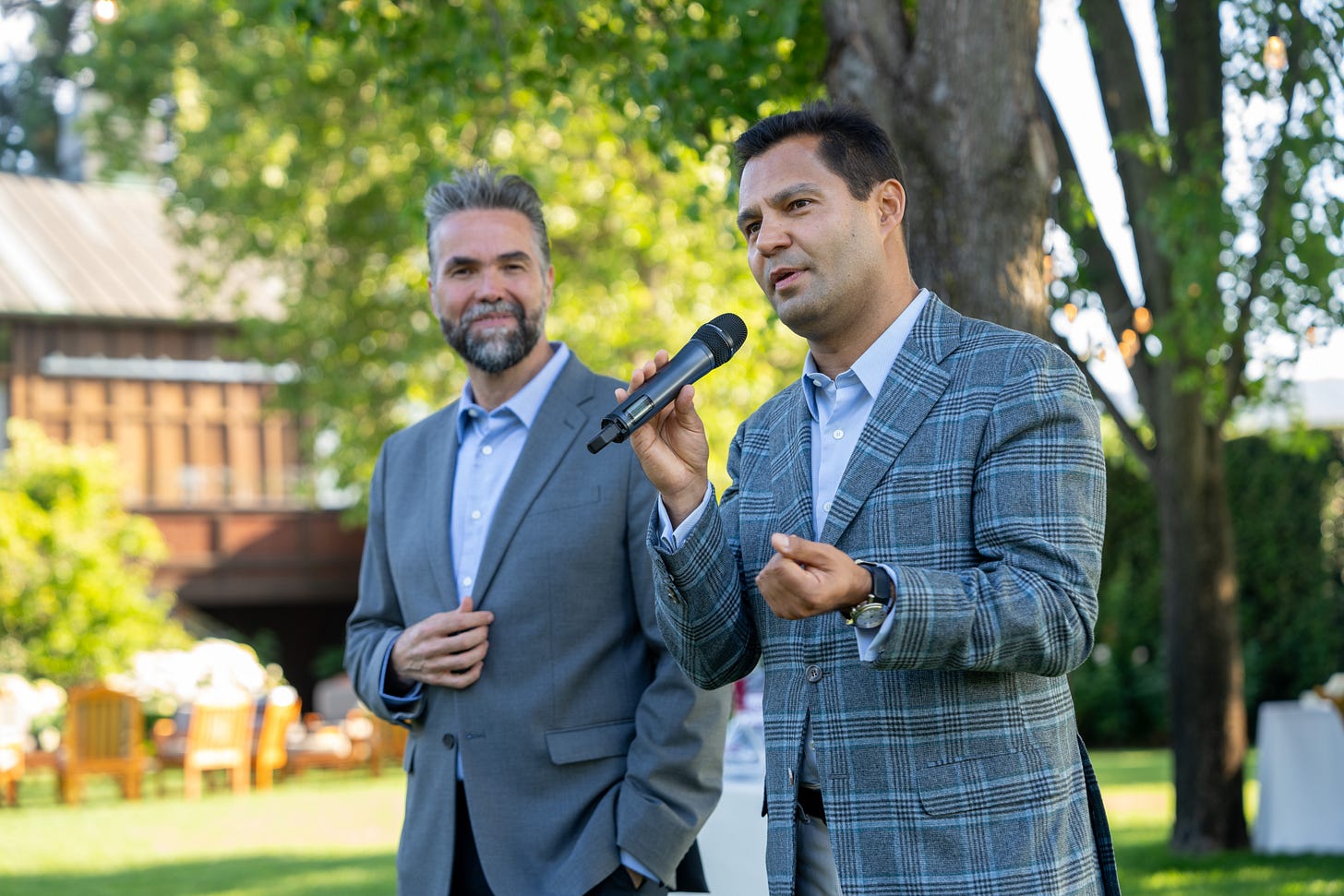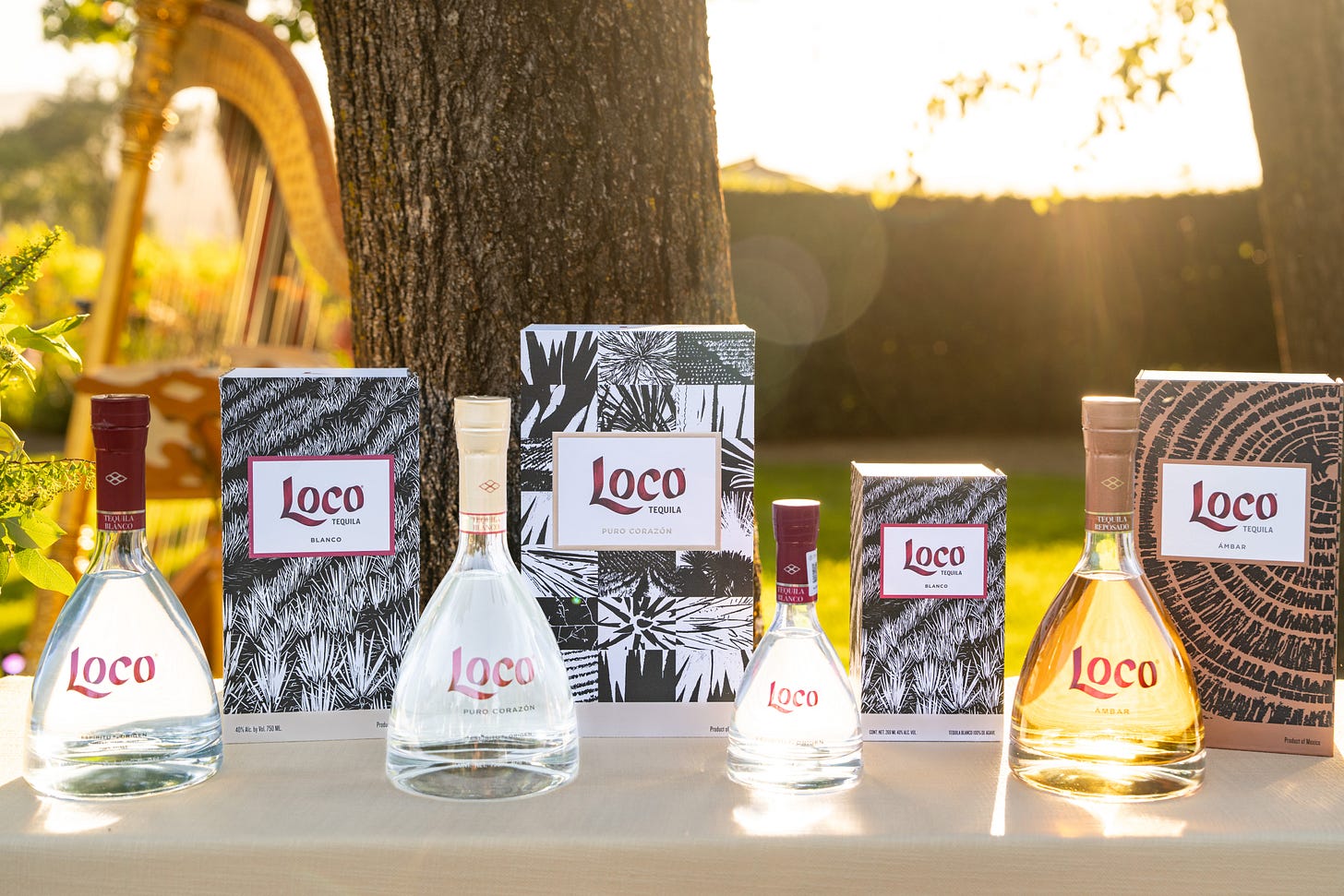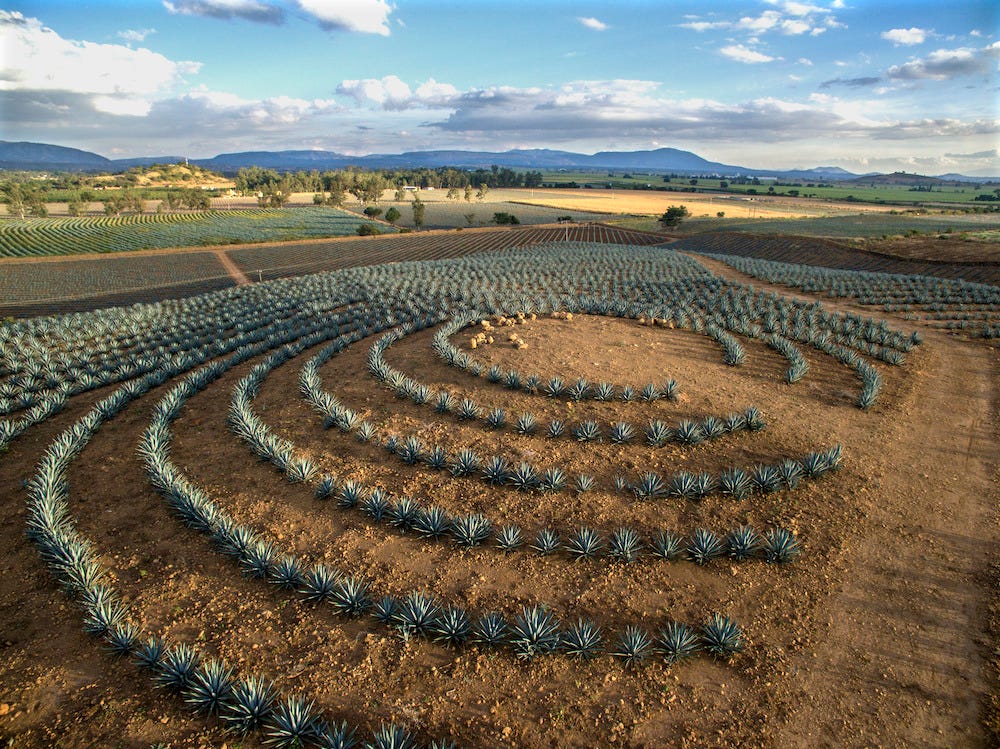This story has been edited to include updated information.
NAPA, Calif. — Ask Napa Valley winemakers what they drink when they’re not drinking wine and the answer is often tequila.
The parallels make sense. An intensely agricultural-driven spirit, tequila is all about where the agave to make it is grown — specifically designated areas of Mexico — and how it’s grown, just like grapes for fine wine. Attention to detail at every step of planting, harvest and fermentation affects quality, just like fine wine. The aging protocols and use of oak impact flavor and structure, just like fine wine.
And while there are many tequila aficionados and connoisseurs in the valley, there is also an expanding list of Napa Valley vintners who make tequila themselves. One of them is Juan Pablo Torres-Padilla of Sullivan Rutherford Estate.
Torres-Padilla was born and raised in Mexico and spent a good part of his life in France. The time there informed his interest and acumen for wine. An uncle with whom he had a close relationship introduced him to Burgundy, Bordeaux and Champagne.
Though Torres-Padilla’s career pursuits first leaned into the tech world of artificial intelligence, he still had a dream of producing wine. After looking at estates all over the world, he homed in on the Napa Valley, visiting many properties to find the right one. In 2018, he bought Sullivan Rutherford Estate, 26 acres in the heart of the appellation founded by the Sullivan family in 1972 on the advice of Andre Tchelistcheff, considered the most influential winemaker in Napa Valley at that time.
In addition to its having the right well-drained soils for making world-class wines, Sullivan’s history intrigued Torres-Padilla, especially the lore of the Sullivan land marking the border of two Mexican land grants created in 1821 after Mexico’s War of Independence freed California from Spain. The border split the line between Rancho Caymus to the south and Rancho Carne Humana to the north.
In Torres-Padilla’s eyes, Sullivan’s alchemy of legacy, history and tradition mixed perfectly with Napa Valley’s enduring spirit of persistence and innovation.
Five years in, Sullivan Rutherford Estate is growing very good grapes and making very good wines, most of them Cabernet Sauvignon or Merlot-dominant. The estate farms about 40 acres across multiple sites. In 2019, Sullivan acquired a 12-acre parcel of land in the Soda Canyon area, located in the eastern foothills of the Napa Valley between the Stag’s Leap District and Coombsville. This land was planted the following year with an emphasis on Merlot and Cabernet Franc. In September 2021, the Sullivan team acquired the Criscione vineyard.
Meanwhile, Torres-Padilla is applying this same commitment to history and innovation to tequila. While wine satisfies his French and Californian sides, his Mexican soul yearned to find an equal sense of purpose.
He found it in the form of a pure tequila that speaks to the spirit’s historical significance in Mexico called Loco Tequila, an ultra-premium Terruño Tequila from El Arenal in Jalisco, where tequila has been made since the 1600s.
The name is intended to honor the world’s crazy dreamers, the people who turn things on their head and break the mold. Toward that end, Torres-Padilla has partnered with Alberto Navarro, maestro tequilero and the author of “Larousse del Tequila.” Together they found a 200-year-old property, Hacienda La Providencia in Jalisco that had been abandoned in the 1960s and brought it back to life as their production home. The hacienda is situated at the gateway of the Agave Landscape of the Tequila Valley, which was declared a UNESCO World Heritage Site in 2006. The hacienda was recognized as a part of the Ancient Industrial Installation of Tequila by UNESCO, honoring centuries of tradition and ancestral knowledge in its production of tequila.
Loco also owns and farms 200 acres of agave planted in volcanic soil in a steady climate at an elevation of 4,757 feet. Loco Tequila’s Maestro Agavero José Antonio “Toni” Sánchez López oversees all planting, tending and harvesting of Loco Tequila’s proprietary agave fields when the plants are 6 to 8 years old, as well as the care of the hacienda. Alberto Navarro is the Maestro Tequilero and Creador of the Loco Tequila distillation process.
Before cooking the agave, the team at Loco uses a “double jima” technique of shaving the piña twice to get a more refined end product. They also remove the heart of the piña to get rid of any bitterness during fermentation.
Tequila production is a labor-intensive process that demands both expertise and patience. From the harvesting of the blue agave plant to fermentation, distillation and aging, each step contributes to the spirit's distinct flavor profile.
Tequila has been on an upward trajectory in the United States for some time, and California is one of its major markets. The Loco team expects to take it to another level that is simultaneously old and new with its three core tequilas: Loco Blanco ($135), Loco Ambar Reposado ($199) and Loco Puro Corazón ($349).
Loco’s commitment to terroir and technique should impress any Napa Valley winemaker committed to those same values. These are tequilas that show a range of herbaceousness, refinement and pure flavor. They are well worth trying.
Virginie Boone is senior editor and California critic for The New Wine Review and has written about and reviewed the wines of Napa and Sonoma for more than a decade. A resident of Sonoma County, she was previously the Napa and Sonoma wine critic for Wine Enthusiast Media. Follow her Instagram @virginieboone or visit virginieboone.com
How tequila is fermented
By Tim Carl
Once the piñas are harvested they are slowly roasted for 48 to 72 hours to enhance their flavor. This crucial step transforms the raw agave starches into fermentable sugars. Mezcal gets its smoky flavor from roasting agaves in a covered pit filled with firewood and stones. Modern tequila techniques adopted in the early 19th century, however, replaced smoke pits with large brick ovens called hornos, while many modern facilities opt for autoclaves. After the cooking process, the piñas are crushed, extracting the sweet juice called aguamiel.
The extracted aguamiel is then fermented in large wooden or stainless-steel vats. Yeast is introduced to the juice, initiating the transformation of sugars into alcohol. Fermentation can take anywhere from a few days to two weeks, resulting in a low-alcohol liquid called pulque. However, for tequila a second distillation is necessary.
Distillation separates the alcohol from impurities, giving tequila its distinctive purity. The fermented pulque is distilled in copper or stainless-steel stills, heated by steam or direct fire to form a low-alchohol product known as mosto. The first distillation yields a high-proof liquid called ordinario, while the second distillation, known as rectification, further refines the tequila to its desired strength and character.
Following distillation, the tequila may undergo aging, often in wooden barrels, contributing to its depth and complexity. Reposado tequilas rest for a minimum of two months, while añejo varieties mature for at least one year. Alternatively, some tequilas are bottled immediately after distillation, resulting in joven or silver tequila.
Once the aging process is complete, the tequila is meticulously bottled, often accompanied by handcrafted labels and stoppers.
Tequila production is a labor-intensive process that demands both expertise and patience. From the harvesting of the blue agave plant to fermentation, distillation and aging, each step contributes to the spirit's distinct flavor profile.
Tim Carl is a Napa Valley based photojournalist








